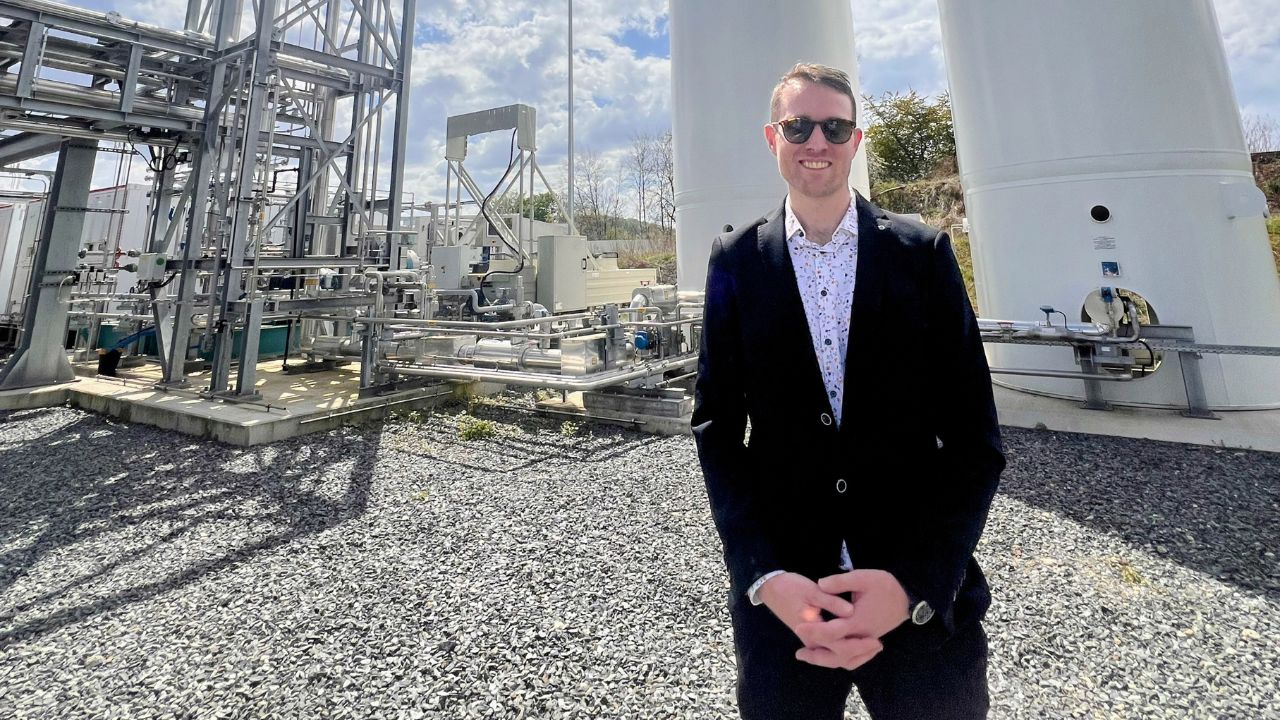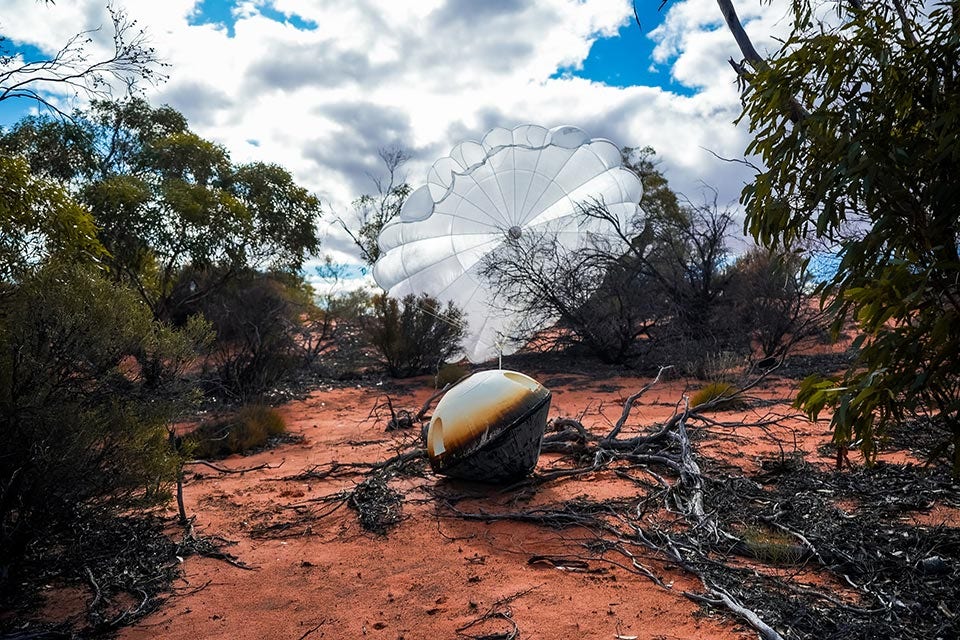Vireo Energy forecasting more efficient use of electricity to save hydrogen production costs
Vireo Energy’s electrolyser control solution helps companies reduce the cost of producing green hydrogen.
Australian startup Vireo Energy is using artificial intelligence and optimisation to reduce operating costs and increase the reliability of hydrogen production facilities. The solution is designed to help next-generation hydrogen producers streamline their electrolyser plant operations.
Founder Dr Steven Percy was awarded a Churchill Fellowship in 2020 to work with international hydrogen researchers in the US and Korea. His technical experience and drive to find better ways to operate electrolyser facilities led to what is now Vireo’s operational control system.
The company estimates its solution could save hydrogen producers up to 19% of annual energy costs.
‘To make operational decisions, we need to consider the availability of renewables, storage level, and demand,’ says Percy. ‘Bringing down production costs will be an important part of the business case for green hydrogen. As a replacement for fossil fuels, supply also needs to be reliable – this is where the use of grid electricity comes in.
‘Australia’s ambitious target as outlined in its National Hydrogen Strategy is to produce hydrogen at a cost of below A$2/kg. At this point, it will be cost-competitive against fossil hydrogen,’ adds Ruth Keane, Global Engagement Manager for Resources and Energy at the Australian Trade and Investment Commission (Austrade).
Technology supports smarter energy use
The solution tracks hydrogen plant production data and models it against multiple datasets. This provides the best control decisions to reduce operational costs.
The system uses forecasts and models to help operators plan to make the best use of available renewable energy. When renewables are not available, it manages the consumption of energy from the grid using low or negative electricity pricing.
‘Electrolyser degradation is a critical aspect influencing hydrogen economics. We consider the important factors driving degradation and manage the production schedule to minimise this,’ explains Percy.
For plants with their own renewable generators, the solution could let them turn off hydrogen production and export power directly to the grid at times of high energy pricing to generate additional revenue. The solution also considers the electrolyser facility’s operational limitations to minimise electrolyser stack degradation.
Operators can take advantage of low grid prices if needed and the solution keeps track of any associated emissions.
Flexible and adaptable at scale
Vireo’s solution adapts to a range of hydrogen production technologies. ‘It uses a highly secure edge computing device,’ explains Percy. ‘This allows us to work seamlessly with different electrolyser manufacturers.’
The algorithm can be tailored to suit the facility’s specific requirements. It needs to be customised for regional energy prices. All other aspects are independent of location, and can be applied anywhere in the world.
The tool is being piloted at a small-scale PEM Electrolyser. However, benefits scale linearly with the size of the electrolyser. The more energy consumed; the better savings can be achieved. Vireo estimates plants over 10 MW would see the maximum return on the effort of implementation.

Australian and international interest
As the development of green hydrogen production plants progresses, interest in Vireo’s solution is growing. While developed in Australia, the solution can be applied anywhere in the world.
‘We tend to see more interest from hydrogen developers the closer they get to final investment decision (FID),’ says Percy. ‘Their minds are turning to how to operate the facility and get the best return on investment.’
It is possible to retrofit the technology to an existing facility. However, the best approach would be to incorporate the design as the facility is being built. That means the facility can be commissioned with the best operational strategy from the start.
For Vireo, that means talking to developers early in their projects. It also means connecting with original equipment manufacturers to ensure the technology can interface effectively. Vireo is working with technology partners to refine its interface with electrolyser instrumentation, operating technologies, and the facility’s programmable logic controllers.
Austrade’s support to reach global audience
Connecting with European developers and OEMs is a priority, particularly as some of them are further ahead in terms of development. That is where Austrade's support has been particularly important.
‘Being part of the Australian delegation and presenting at the World Hydrogen Summit will be an amazing opportunity to get in front of that international audience,’ says Percy. 'We can meet so many people and make valuable connections. I’m very grateful for Austrade’s support.’
Future application for energy savings
The variables involved in producing green hydrogen and the urgency of bringing down production costs made it a logical first-use case for Vireo’s technology. For now, the company’s focus is serving that need.
Longer term, Vireo’s solution has applications for other industries as demand grows for sustainable production in an energy-constrained world.


